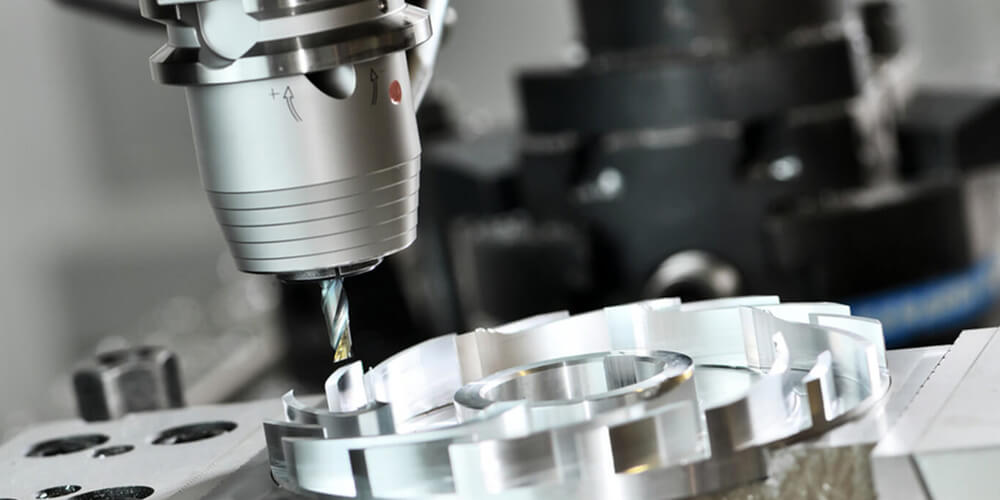Sheet metal fabrication includes altering and assembling different sheets of different metals together. The main purpose of sheet metal fabrication is to turn metal sheet stocks into useful parts and products. Following different techniques and using different types of automated machinery, sheet metal fabrication is an easier way of making desired parts out of metal sheets instead of manual labor.
At https://www.china-machining.com/, anyone can order sheet metal fabrications. The fabrication shops of China machining in China use various sheet metal fabrication techniques to fulfill the needs of every user. Before we talk about the different processes of sheet metal fabrication, let’s talk about the different types of metal that are suitable for sheet metal fabrication.
Sheet Metal Fabrication Materials:
With the powerful fabricating machines and various techniques, manufacturers can fabricate almost any kind of metal sheet together, but the most common sheet metals for fabrication are the following:
All these metals have different usages. Steel is best for durability, copper is best for heat and electricity conduction, and aluminum is suited for when you need lightweight and cheap parts for your product. Similarly, copper, bronze, and magnesium also have their own uses and applications.
Apart from similar sheet metal fabrication, manufacturers are also capable of fabricating and joining different metal sheets to get the best features of every metal. In short, the sheet metal fabrication process is a detailed process that has vast applications. With the right sheet metals and sheet metal fabrication process, you can make the best quality parts and products.
Sheet Metal Fabrication Techniques:
There are various sheet metal fabrication techniques, and different manufacturers use different techniques. However, the main purpose is the joining and fabrication of sheet metals to form the desired end product. Most commonly, the fabrication shops use the following FOUR techniques for high-quality sheet metal fabrication:
Stamping:
Using a stamping press, manufacturers can punch, pierce, and emboss sheets of metal together to form your desired workpiece. The thing to note about this sheet metal fabrication process is the use of a stamping press. A stamping press is a heavy machine that does the punching and piercing. A stamping press brings speed and consistency to the fabrication process, which is difficult for laborers to achieve, and it’s much more cost-effective too.
Laser Cutting:
As the name suggests, this sheet metal fabrication technique uses lasers to cut, bore, or engrave the workpiece as per the client’s blueprints. The high-power laser can cut, melt, and even vaporize the metals to create the final piece. The laser cutting machines require a CAD design of which they can create an exact replica. Laser cutting is the most precise and accurate sheet metal fabrication process because its control is a computer program.
Sheet metal fabrication shops mostly use one of these THREE laser cutters:
- Neodymium (Nd).
- Neodymium yttrium-aluminum-garnet (Nd:YAG).
All three are best for certain types of cutting and are perfect for welding too.
Bending:
Bending is the most common sheet metal fabrication process. With the help of brake presses or box & pan brakes, manufacturers can create any kind of shape out of the metal sheets. Bending is very common for making automotive and aviation parts, as well as some lightweight components for house usage.
Welding:
When some clients need to fabricate two different types of metal sheets together for the final product, manufacturers have to use the welding techniques. Using different welding techniques like arc welding, electron beam welding, and much more, a fabricator can weld together two or three different types of metal sheets with ease.

